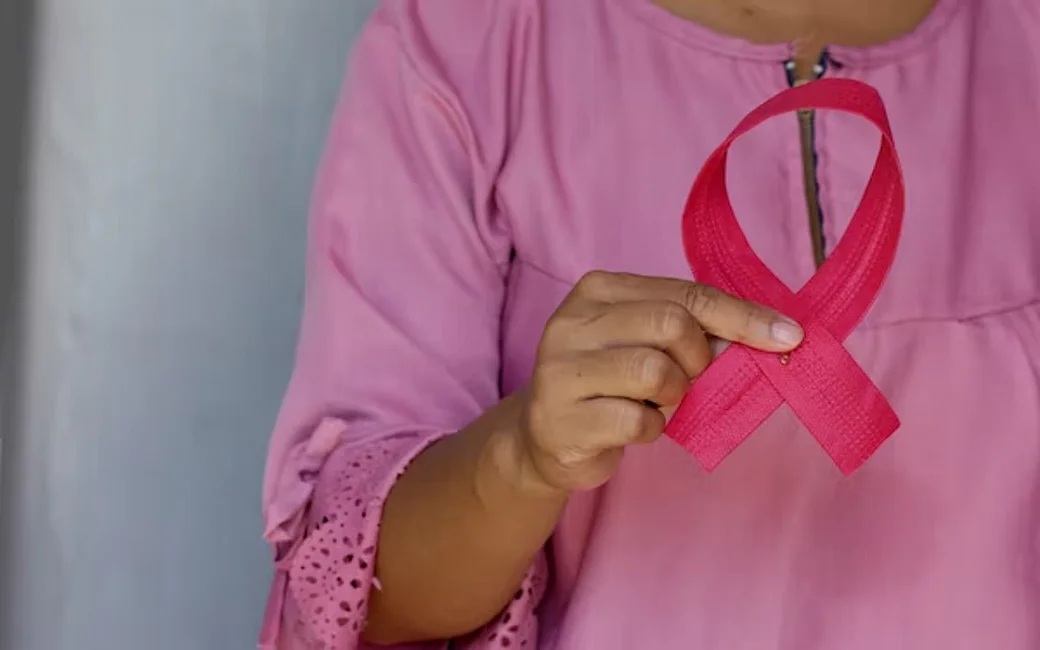
FORMER J&K minister Omar Abdullah on Monday slammed the centre for “revival of militancy” in Kashmir. He said the new militancy was the result of the abrogation of Article 370 in August 2019 which, according to him, had angered the youth forcing them to take up arms. Significantly, the former chief minister said the militancy was now made up of local youth, ruling out Pakistan’s role in fomenting it as the union government believes. Omar, who is also the vice president of National Conference said the centre had lied that the militancy will end post Article 370 purge. Recalling his rule from 2009 to 2015, Omar claimed that the militancy had been wiped out from several areas and his government had even started discussing the removal of the Armed Forces Special Powers Act (AFSPA). Omar is right. During 2011-12 onwards, there certainly was a drawn debate about the withdrawal of the AFSPA from districts like Budgam and Ganderbal. The debate had been initiated by Omar himself and for a while it seemed to resonate with the union home ministry then led by P Chidambaram then. But somehow the debate didn’t reach its logical conclusion after the defence ministry then under A K Antony put its foot down.
Now, after the withdrawal of Article 370, Kashmir has become an altogether different place. The militancy, while it may not have revived, has continued unchanged. The number of militants in Kashmir continues to hover around 200, same it has been over the last six years. This despite the fact that over the last two years, the security forces have achieved greater success in the operations against militants and at one time it had appeared a distinct possibility that the militancy was on its way out.
But going by the rise and fall of militancy over the past three decades, such a prospect is unlikely to come about. The militancy in Kashmir has often risen from the ashes. Never had it come so close to extinction as by 2013 during Omar’s rule when the Valley had a little over hundred militants, only a small number of them locals. But from 2014 onwards the number started rising again. In 2018, the most violent year in a decade, 271 militants were killed but it still didn’t make any difference to the ground situation. J&K administration as also the union government can still take comfort in the fact that the largescale public protests have been reigned in. But this is so because the government has been forced to maintain a comprehensive security domination in the Valley which is not the same as normalcy. And for true normalcy to take root, the government has to embark on engagement and political outreach in Kashmir.
Follow this link to join our WhatsApp group: Join Now
Be Part of Quality Journalism |
Quality journalism takes a lot of time, money and hard work to produce and despite all the hardships we still do it. Our reporters and editors are working overtime in Kashmir and beyond to cover what you care about, break big stories, and expose injustices that can change lives. Today more people are reading Kashmir Observer than ever, but only a handful are paying while advertising revenues are falling fast. |
| ACT NOW |
| MONTHLY | Rs 100 | |
| YEARLY | Rs 1000 | |
| LIFETIME | Rs 10000 | |













